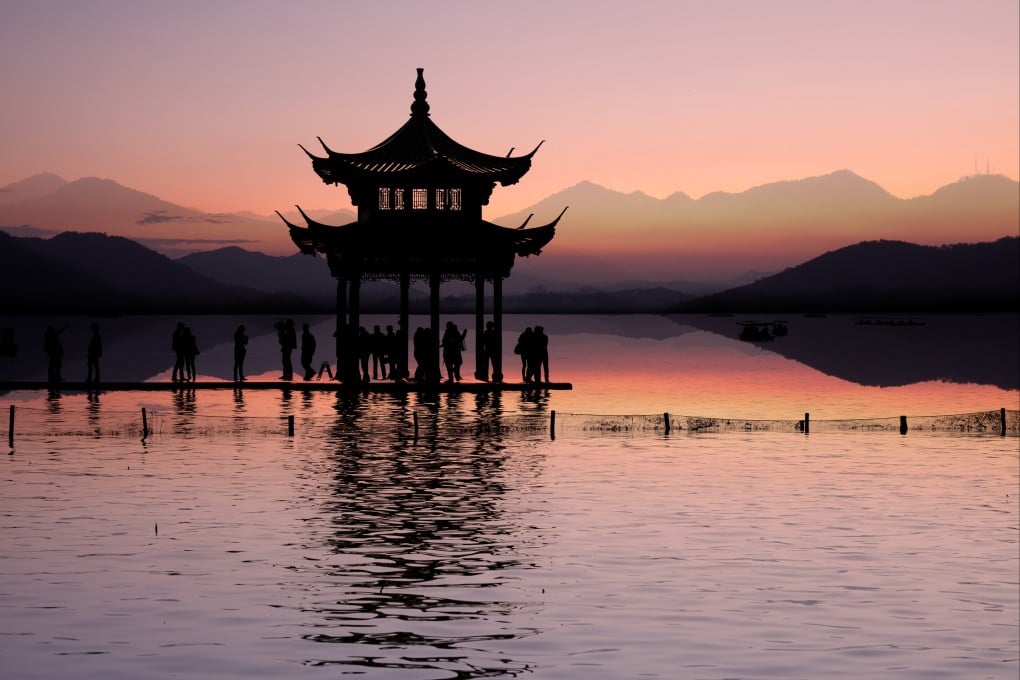What to see and do in Hangzhou, China, from beautiful ancient sites to a jazz bar
Hangzhou’s attractions are many, from West Lake, immortalised by poets centuries ago, to an intimate jazz bar

The natural charms of Hangzhou in China were immortalised more than 1,000 years ago in the poems of Bai Juyi and Lin Bu, and it remains a draw to this day even as the city has grown into a hub for innovation.
West Lake, usually tranquil, was packed. A Unesco World Heritage site since 2011, the freshwater lake is known for its well-kept gardens, islands, pagodas and temples, and is ringed by lush green hills. It is classified as a 5A tourist attraction – the highest rating by China’s culture and tourism ministry, reserved for its most spectacular sites.
The lake is around 3km (1.9 miles) by 3km and oval-shaped. A trip across it can take up to an hour in peak season.

The 10th century poet Lin Bu lived as a recluse on Gushan, or Solitary Hill, the lake’s largest natural island, for most of his later years. The 8th century poet Bai Juyi, who served as governor of Hangzhou, wrote in The Lake in Spring: “From fair Hangzhou I cannot tear myself away, on half my heart this lake holds an alluring sway.”